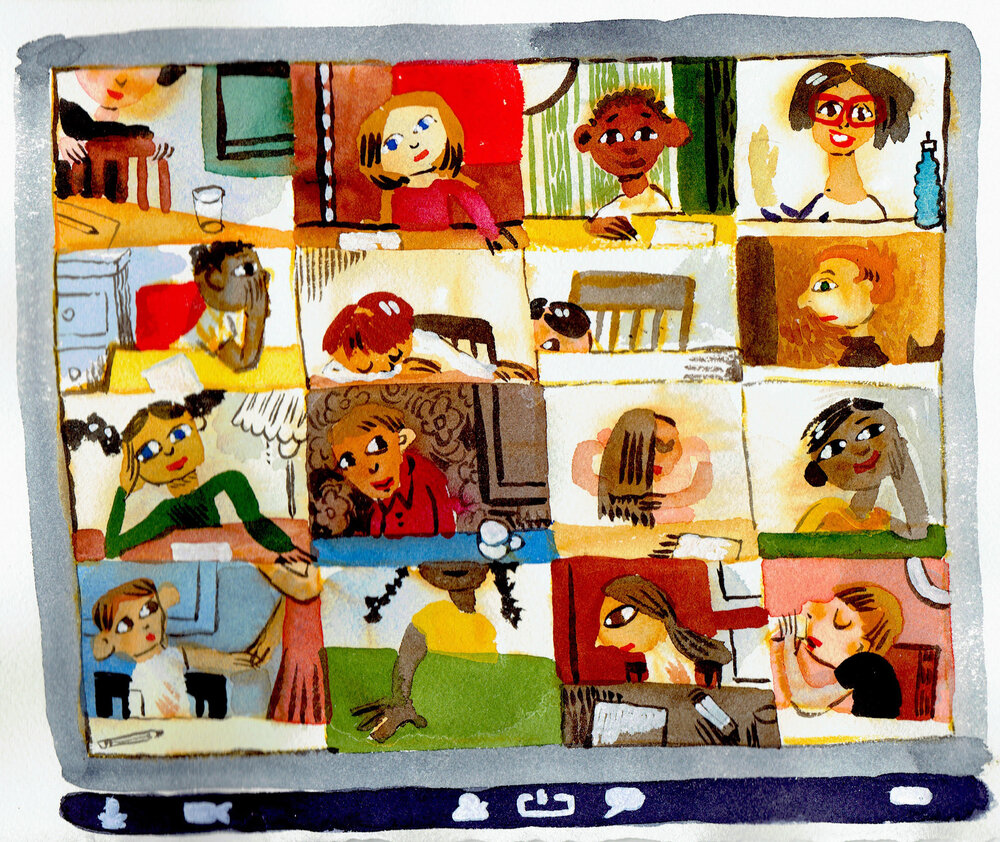
Learning Equitably, Digitally, and Well

The Covid-19 pandemic has confronted the nation’s largest public school system with a staggering challenge – one that could also easily continue into the next school year:
With all school buildings closed indefinitely by this public health crisis, how successful have been efforts to guide the education of 1.1 million New York City students via remote learning – and how will the City preserve and enhance ongoing efforts to create a more racially and economically equitable school system?
A new report released today by the InsideSchools project of the Center for New York City Affairs at The New School, “Learning Equitably, Digitally, and Well,” examines how teachers, students, and parents have fared since schools switched exclusively to online learning in March.
The report draws on in-depth interviews with some 37 students, teachers, parents, researchers, and others, and includes recommendations to City education policymakers for improving online or blended (combination classroom and remote) instruction in the coming school year.
“We believe that there is still time to take the lessons learned from this spring and act on them,” the report’s authors conclude. “In the coming weeks and months, essential decisions will be made that will affect the trajectories of children and their families for generations. We mean that without hyperbole.” Their key findings include:
- The City Department of Education (DOE) must provide better instructional guidance and resources to teachers and families about remote and blended learning. Particular attention should be given to students with special learning needs and to those living in poverty, for whom the pandemic has meant increased economic and emotional stress.
- While meeting students’ social-emotional needs is always critical to academic success, this is especially true during a public health crisis. As many teachers reported, checking in with students personally – to ask about the health of family members and their own fears and stresses – was a precondition to easing into academic content.
- To avoid the confusion that marred the transition to remote learning this spring, the DOE must engage families and the public more frequently and authentically through consistently employed communications channels.
- Remote and blended learning can and should be fused with the DOE’s effort to implement “culturally responsive-sustaining education” (CR-SE), which was interrupted by the onset of the pandemic. Instructional practices that best complement CR-SE should be the starting point for how remote learning technologies are used.
- Planning for the next school year should include reimagining such core aspects of education as how CR-SE and social-emotional learning inform curricula and how quality learning and teaching are measured.
Tom Liam Lynch is director of education policy and editor in chief of InsideSchools at the Center for New York City Affairs
Nicole Mader is senior research fellow and a PhD candidate at the Milano School of Policy, Management, and Environment
Laura Zingmond is senior editor, InsideSchools
Lydie Raschka is writer and reporter, InsideSchools
Tanishia Lavette is research associate and a PhD candidate at the Milano School of Policy, Management, and Environment
Illustration: Chris Raschka
This post was first published on the Center for New York City Affairs blog.